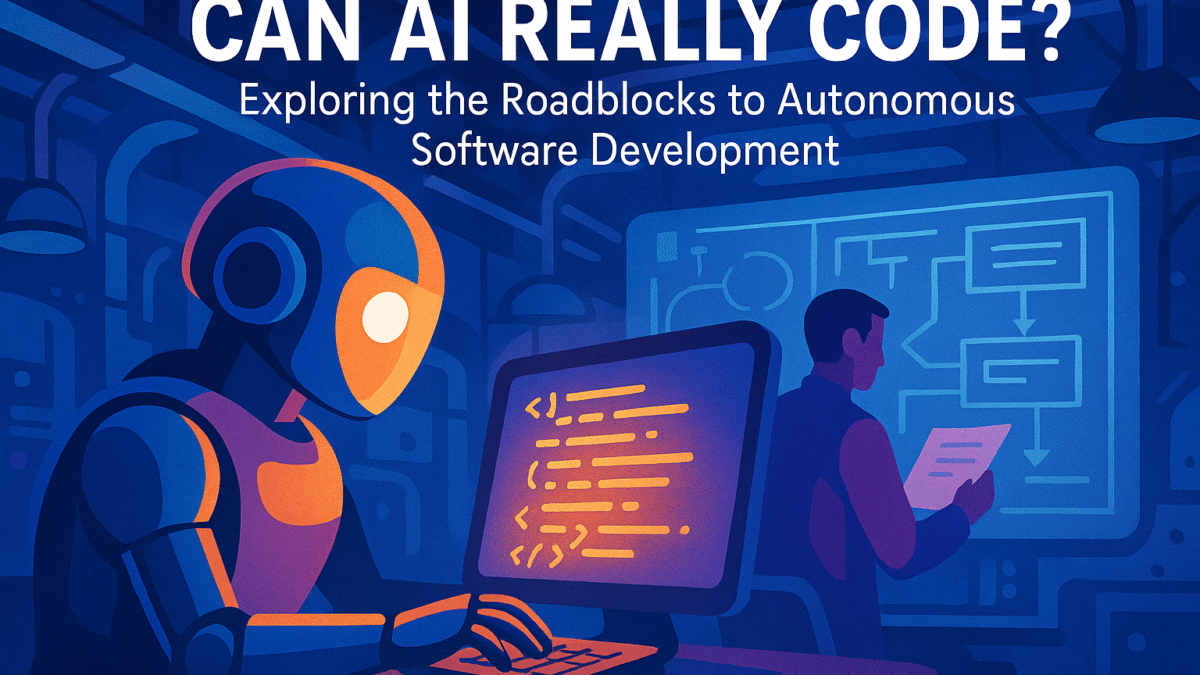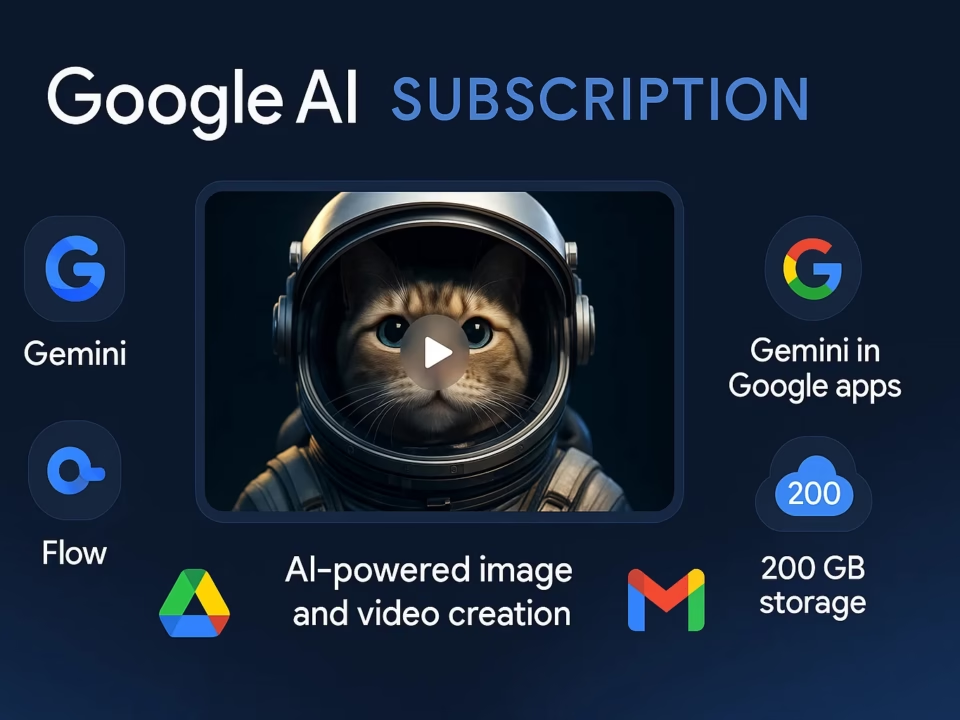
Online Store Development in Karachi – Build & Launch Your E-commerce Brand
July 21, 2025
Ai-Da: The World’s First Ultra-Realistic Humanoid Robot Artist Redefining Art & Human Identity
July 30, 2025Imagine a future where artificial intelligence takes over the tedious parts of software development — reorganizing messy code, upgrading outdated systems, and detecting hidden bugs — freeing up human developers to focus on creative architecture and complex design challenges that machines still can’t handle.
Recent progress in AI has brought us closer to that vision. However, a new study by researchers from MIT’s Computer Science and Artificial Intelligence Laboratory (CSAIL), along with several partner institutions, reminds us that many challenges still lie ahead before full automation becomes a reality.
Challenges and Paths Towards AI for Software Engineering
The paper outlines tasks in software development that go far beyond simple code generation. It highlights bottlenecks that AI must overcome and proposes research directions that could eventually automate routine tasks and let engineers concentrate on high-level innovation. This study is accessible on the arXiv preprint server and is being presented at ICML 2025 in Vancouver.
🔹 The Gap Between Hype and Reality
“People often say we don’t need programmers anymore because AI can handle the job,” says Armando Solar-Lezama, MIT professor and one of the lead authors of the study. “Yes, AI tools are more powerful than ever — but we’re still far from fully realizing the dream of autonomous software engineering.”
Solar-Lezama points out that public perception tends to reduce software development to simple tasks — like solving a coding problem or writing a small function. In practice, the field is much broader. Real-world programming involves tasks like:
- Code refactoring
- Migrating large codebases
- Running rigorous testing (fuzzing, property-based tests, etc.)
- Reviewing and documenting legacy code
- Ensuring performance, style, and security through manual review
These are challenges that go far beyond writing a short function from a specification.
🔹 Where Current AI Tools Fall Short
AI models are often tested using simple benchmarks like SWE-Bench, which measures how well an AI can fix issues in GitHub repositories. While useful, this only scratches the surface. These benchmarks usually involve small snippets of code and ignore more complex tasks like multi-file refactoring or performance-critical improvements in massive codebases.
Another challenge is communication between humans and machines. Alex Gu, the paper’s first author and a PhD student at MIT, describes AI as having a “thin communication layer.” AI can generate large blocks of code and even write unit tests, but those tests are often shallow and don’t offer confidence indicators or deeper reasoning.
“There’s no way to know which parts of the code the model is confident about,” says Gu. “Without transparency, developers may blindly trust flawed outputs that compile — but crash in production.”
🔹 Real-World Scale Is Still Too Much for AI
AI models often fail when dealing with large-scale or proprietary systems. While they are trained on public GitHub repositories, each company’s internal codebase has its own unique conventions and architecture.
As a result, AI might produce code that:
- Calls functions that don’t exist
- Breaks internal style guidelines
- Fails automated integration tests
- Misunderstands company-specific logic or tooling
Even code retrieval is unreliable — models often choose snippets that look similar but don’t function the same. According to Solar-Lezama, “Basic retrieval techniques are easily misled by surface-level similarities in code.”
🔹 A Call for Better Tools and Collaborative Research
Since there’s no single fix for these issues, the researchers are calling for broader, community-wide efforts:
- Building richer datasets that reflect real-world development workflows
- Creating shared evaluation tools to assess refactoring quality and long-term bug fixes
- Designing transparent AI tools that allow users to guide or correct model behavior
Gu sees this as a “call to action” for the open-source community — a way to collaborate on challenges that no single lab or company can solve alone.
Solar-Lezama imagines a future of gradual, incremental research breakthroughs. These solutions will feed into commercial products and slowly turn AI from a helpful assistant into a true engineering partner.
🔹 Why This Work Matters
Software is already the backbone of industries like healthcare, transportation, and finance. As the demand for reliable and scalable code grows, so does the need for automation that’s both effective and safe.
“Letting AI handle the repetitive and risky parts of coding means human developers can spend their time on strategy, ethics, and innovation,” says Gu. “We’re not trying to replace programmers — we’re trying to empower them.”
The bottom line? Code generation is the easy part. The real challenge is everything that comes after.
🔹 Expert Perspective
Baptiste Rozière, an AI researcher at Mistral AI (not involved in the study), supports the research direction. “This paper provides a thoughtful overview of the key tasks and challenges in AI-assisted software engineering,” he notes. “It also points out meaningful areas for future research, which the field badly needs.”







